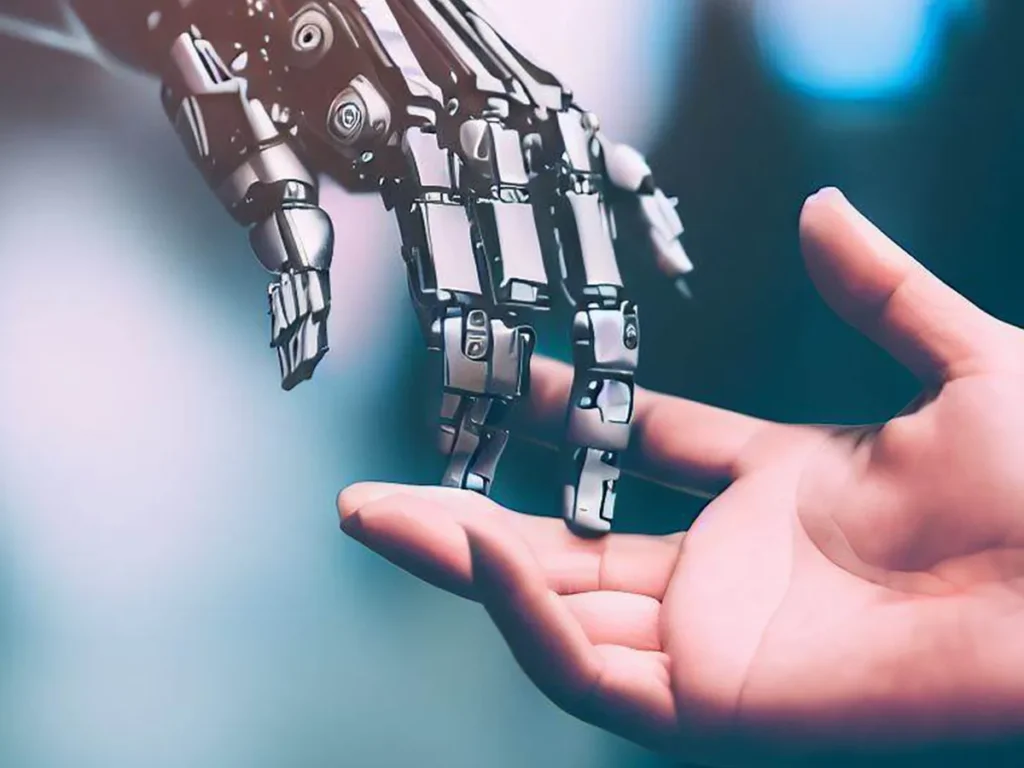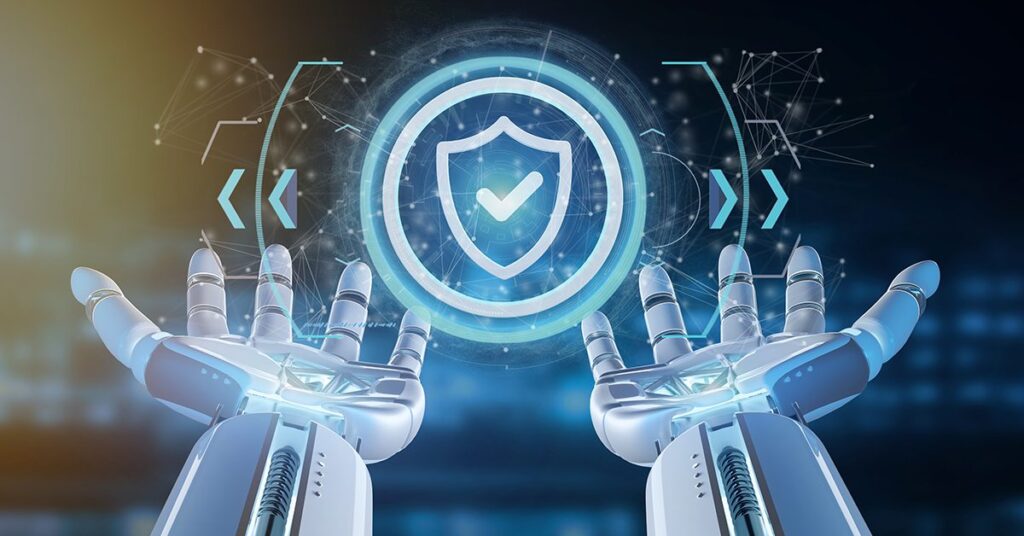Artificial Intelligence (AI) has revolutionized the field of robotics, giving rise to a new era of automation and efficiency. By combining advanced algorithms and machine learning, robots are now capable of performing complex tasks with precision and adaptability.
1. Improved Decision-Making
AI-enabled robotics systems possess the ability to analyze vast amounts of data in real-time and make informed decisions based on this analysis. This allows robots to respond to dynamic environments and perform tasks more efficiently. With the ability to learn and adapt, they can optimize their actions and improve their performance over time.
2. Enhanced Perception and Sensing
Artificial intelligence equips robots with superior perception and sensing capabilities. They can perceive and interpret their surroundings using sensors such as cameras, LIDAR, and ultrasonic sensors. These sensors enable robots to detect obstacles, recognize objects, and navigate complex environments with ease. With AI, robots can also understand human commands and gestures, making human-robot interaction more intuitive.

3. Intelligent Automation
AI-powered robotics systems excel at automating repetitive and labor-intensive tasks. By harnessing computer vision, natural language processing, and machine learning, robots can take on various roles in industries like manufacturing, logistics, and healthcare. They can assemble products, handle complex logistics operations, and even perform surgeries with high precision. This frees up human workers to focus on more creative and strategic responsibilities.
4. Increased Efficiency and Productivity
The integration of AI in robotics has greatly boosted efficiency and productivity in various fields. Robots equipped with intelligent algorithms can analyze production processes, identify bottlenecks, and optimize workflows, leading to reduced cycle times and improved output quality. Additionally, AI-powered robots can work continuously without the need for breaks, resulting in higher productivity and cost savings.
5. Improved Safety
AI-based robotics systems have significantly improved safety in hazardous work environments. Robots can handle dangerous tasks that would put human workers at risk, such as working with toxic chemicals or exploring uncharted territories. AI algorithms enable robots to make decisions that prioritize safety, reducing the likelihood of accidents and injuries.

6. Future Implications
The integration of AI and robotics holds immense potential for the future. With ongoing advancements in machine learning and robotics technology, we can expect even more capable and intelligent robots. They could revolutionize various sectors, from transportation and agriculture to healthcare and space exploration. AI-enabled robots may even assist humans in challenging tasks and contribute to scientific breakthroughs.
Conclusion
Artificial Intelligence has become a game-changer in the realm of robotics. The combination of AI and robotics has led to significant advancements in automation, efficiency, and safety. These intelligent machines are reshaping industries and revolutionizing the way we live and work. As AI continues to evolve, we can anticipate more sophisticated robotics systems that will unlock new possibilities and drive innovation in a wide range of fields.








